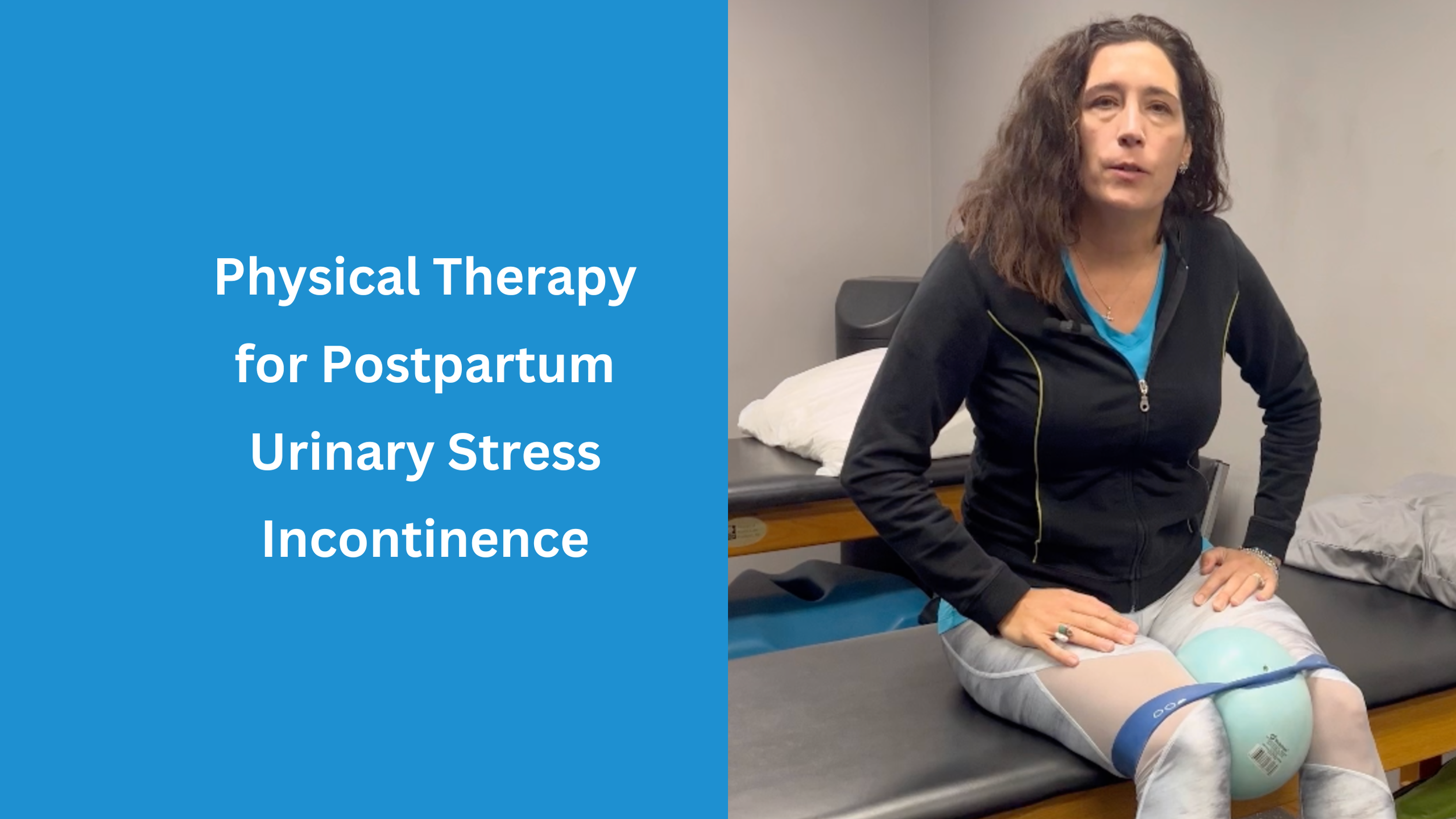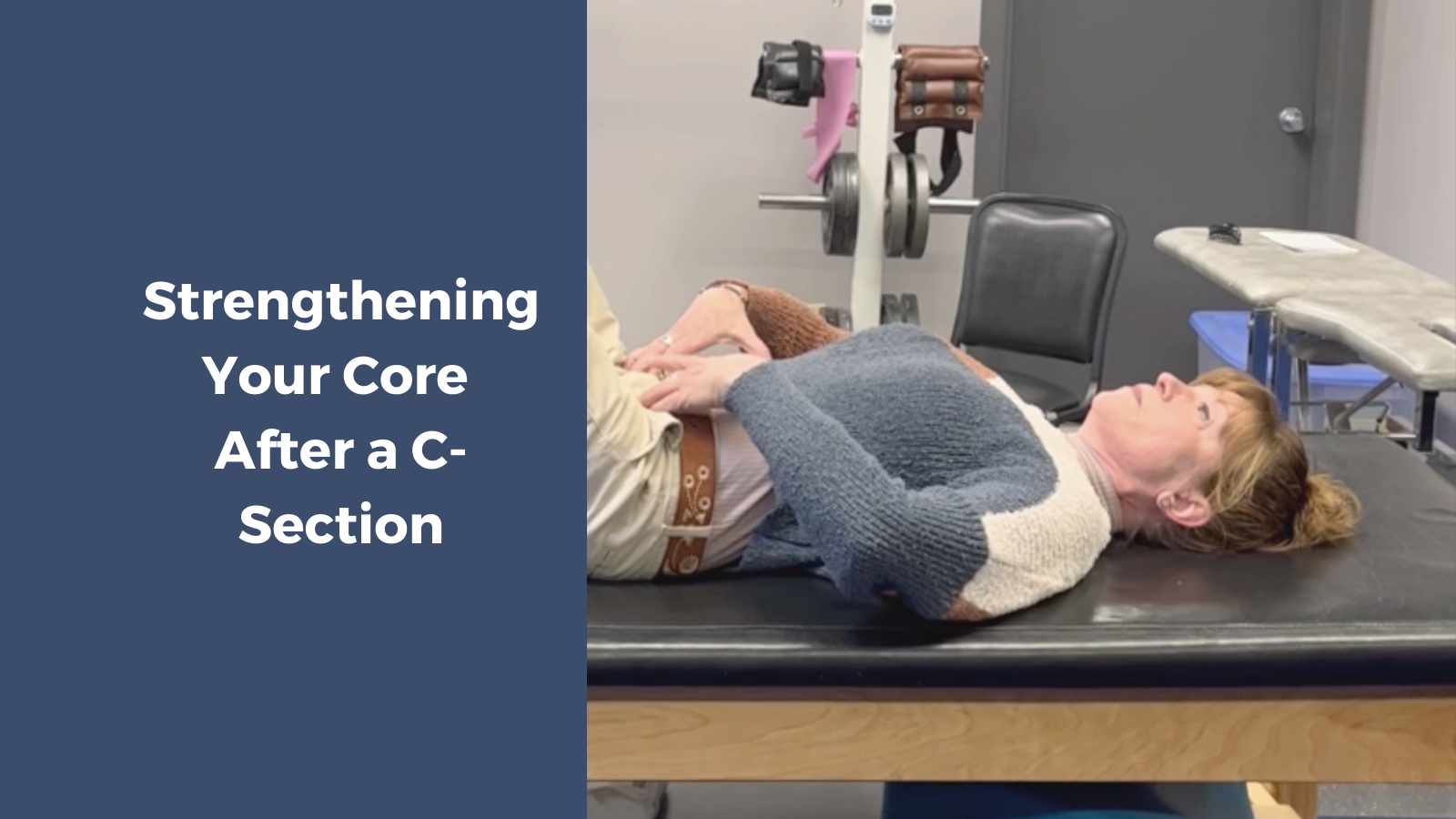Mangiarelli Rehabilitation Physical Therapy Blog
Physical Therapy for Perineal Tears
A perineal tear during childbirth is common during vaginal delivery, involving stretching or tearing of the perineum, the area between the vagina and anus. Perineal tears can lead to pelvic floor dysfunction, urinary or fecal incontinence, and painful sex. The risk of suffering a perineal tear is heightened if you are a first-time mom, had prolonged pushing during labor, delivered a large baby, used forceps during delivery, or if mom is of an older maternal age. Pelvic floor therapy with a physical therapist is one of the most effective and efficient ways to treat perineal pain after childbirth and restore function and strength to the pelvic floor muscles.
June 2023 Newsletter
Check out our June 2023 Newsletter, highlighting punching out Parkinson's WFMJ local news feature, physical therapy for postpartum urinary stress incontinence, walking after a total hip replacement & femoral nerve palsy, and three exercises to address shin splints.
Physical Therapy for Postpartum Urinary Stress Incontinence
Mangiarelli Rehabilitation physical therapist Jen demonstrates three exercises you can do for urinary stress incontinence on the blog! Postpartum urinary stress incontinence occurs when an individual experiences involuntary urine leakage that happens during activities like coughing, sneezing, laughing, squatting, or impact movements following pregnancy and childbirth, often due to pelvic floor dysfunction. Approximately 34% of women experience urinary incontinence postpartum. Physical therapy has been shown to be 80% effective at treating urinary stress incontinence. Pelvic floor physical therapy is used to treat urinary incontinence, a program of functional retraining to improve pelvic floor muscle strength, endurance, power, and relaxation.
Physical Therapy after a C-Section [Infographic]
A C-section is major abdominal surgery involving the delivery of a baby through horizontal incisions made in the abdomen or uterus along the pubic hairline. Women can experience significant pain at the c-section incision site due to scar tissue formation, limiting mobility in the abdominal area and contributing to pelvic pain and pelvic floor dysfunction. After a c-section, physical therapy can play a critical role in helping women recover, reducing incision site pain, normalizing pelvic floor muscle tone, improving core and back muscle strength, and optimizing women’s function and mobility.
How Pelvic Floor Therapy Can Support Women with Endometriosis
March is National Endometriosis Awareness Month. Endometriosis is a condition that occurs when the endometrium grows outside of the uterus in the pelvic and abdominal areas, causing inflammation, pain, and adhesions in the pelvic area. Endometriosis can also cause muscles in the pelvis to tighten, spasm, and thicken as they respond to tension patterns from the condition, causing pelvic floor dysfunction. Pelvic floor therapy can help alleviate pelvic floor symptoms related to endometriosis, reducing endometriosis-related pelvic pain and pelvic floor muscle tightness, minimizing “endo belly” occurrence, addressing urinary and bowel issues, and helping make sex less painful through targeted reconditioning of the pelvic floor muscles.
Physical Therapy for Episiotomy and Perineal Tears
A perineal tear or an episiotomy during childbirth can lead to pelvic floor dysfunction, urinary or fecal incontinence, and painful sex. An episiotomy is a surgical incision of the perineum to make more space for the baby, while a perineal tear involves natural stretching or tearing of the perineum, the area between the vagina and anus, during birth. Physical therapy is an effective treatment for perineal tearing or an episiotomy, using pelvic floor rehabilitation to restore function and strength to the pelvic floor muscles and address pain and incontinence. Mangiarelli Rehabilitation physical therapist Jen explains what an episiotomy is and how physical therapy can help you heal after an episiotomy or perineal tear.
Strengthening Your Core After a C-Section
The rate of c-section deliveries is steadily increasing, comprising over 30% of births in the United States in the last year. A c-section is a major surgery involving a horizontal incision just above the pubic bone that can negatively impact core muscle function and strength. Following a c-section, it’s critical to gradually retrain and strengthen the core under the guidance of a physical therapist. In the video below, Mangiarelli Rehabilitation physical therapy assistant Patti explains how to safely strengthen your core after a c-section delivery.
Postpartum Bladder Health: How Physical Therapy Can Help
Physical therapy can treat postpartum bladder problems, such as urinary incontinence, by restoring pelvic floor muscle function after pregnancy and childbirth. Between 30 to 40% of women experience some degree of urinary incontinence postpartum, often silently suffering through stress incontinence in which urine may leak without your control when pressure is applied to the bladder when laughing, coughing, or exercising. Women can find relief from postpartum bladder issues by working with a skilled physical therapist.
The Role of Physical Therapy in Men’s Health
Physical therapy plays a critical role in restoring men to optimal health through treatment of a variety of musculoskeletal and health issues, including work and sport-related injuries, post-surgical rehabilitation, chronic pain, incontinence, sexual dysfunction, and TMD. June is Men’s Health Month and June 14-20 marks Men’s Health Week, a time to highlight the importance of men’s health, early treatment of disease and injury, and development of sustainable healthy habits.
Physical Therapy After a C-Section Delivery
Having a baby is a joyful, special event in the life of a mother. However, the process of delivery and recovery post-delivery can be challenging, particularly if a mother has undergone a c-section delivery. Women may experience pain at the c-section incision site, low back pain, urinary continence, and pelvic floor muscle weakness following a c-section. Physical therapists can provide women customized physical therapy treatment to address these issues, relieving incision pain through soft tissue mobilization techniques and strengthening the core, back, and pelvic floor muscles through an exercise program.
Physical Therapy for Postpartum Diastasis Recti
Diastasis Recti is a common condition that can affect women during and after pregnancy. It involves the separation of the rectus abdominis muscle, causing the connective tissue to stretch and resulting in weakness in the midsection and a visible, palpable gap in the abdominal muscle. Physical therapy offers safe, effective treatment for diastasis recti to improve strength, control, and function of the abdominal muscles. On the blog, physical therapist, Jen, and PTA, Patti, demonstrate safe exercises to address diastasis recti.
Multiple Sclerosis Physical Therapy Rehabilitation
Multiple sclerosis is a progressive disease that affects the nerve cells of the brain and spinal cord. This can result in pain, fatigue, muscle stiffness, and balance and coordination issues. Symptoms can vary in type, duration, and intensity depending on which part of the nervous system is affected. Physical therapy is a safe and effective treatment option to help individuals with multiple sclerosis regain functional independence, improve balance and strength, and achieve greater aerobic capacity and mobility. At Mangiarelli Rehabilitation, we understand that managing multiple sclerosis symptoms can be a marathon and we are here to support you throughout each stage of the disease.
How Physical Therapy Can Treat Women’s Health Conditions
A woman’s body undergoes tremendous changes throughout the course of her lifetime, particularly during childbearing and childbirth. These changes can lead to pain and muscle dysfunction of the pelvic floor. Too often, women are dismissed when they raise concerns over incontinence, chronic pelvic pain, or painful intercourse and continue to suffer these symptoms untreated for months and even years. Women no longer have to suffer in silence. Physical therapy is an effective treatment to address pelvic floor dysfunction and other women’s health conditions.



![Physical Therapy after a C-Section [Infographic]](https://images.squarespace-cdn.com/content/v1/5e419cdc97af032560004b99/1684179845687-YIW6AAG3G4MSFF08KSB7/TW+C-Section+Infographic.png)




















